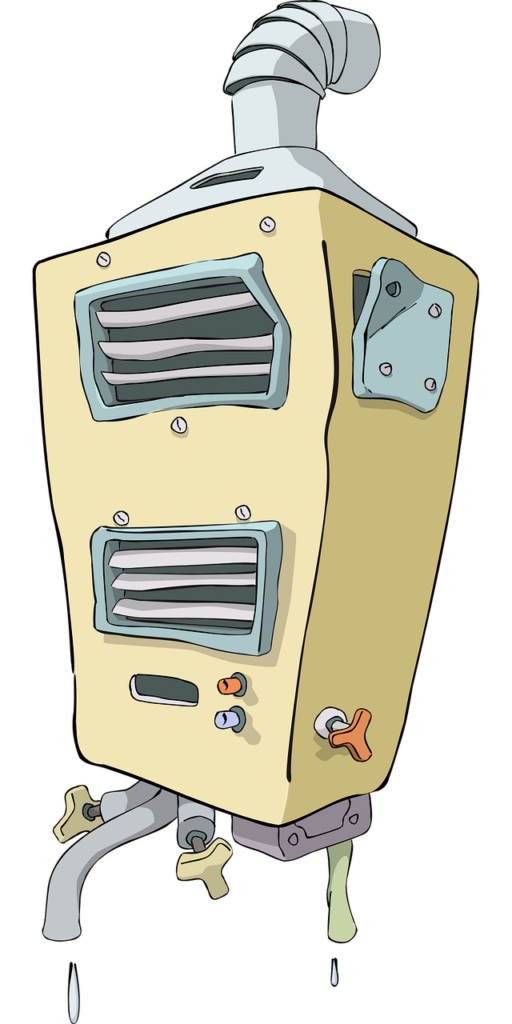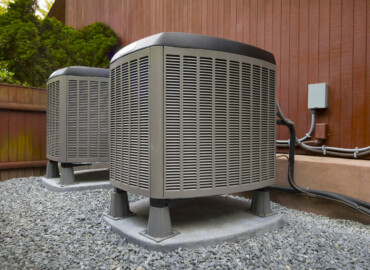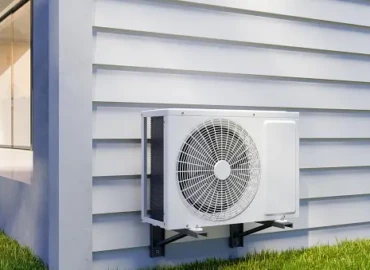Don’t Panic! Here’s How to Troubleshoot a Broken Water Heater Like a Pro
As a homeowner, few things are as stressful as discovering that your water heater is broken. The thought of cold showers and dirty dishes can be overwhelming, but there’s no need to panic. With a little bit of knowledge and some troubleshooting skills, you can fix many common water heater problems on your own. In this blog post, I’ll walk you through the steps to troubleshoot a broken water heater like a pro.
Signs of a Broken Water Heater
The first step in troubleshooting a broken water heater is to identify the problem. There are several signs that your water heater may be broken, including:
No Hot Water
If you turn on the hot water tap and only cold water comes out, it’s a clear sign that something is wrong with your water heater. This could be due to a variety of issues, including a malfunctioning heating element, a broken thermostat, or a faulty gas valve.
Strange Noises
If you hear strange noises coming from your water heater, such as popping or cracking sounds, it could be a sign that sediment has built up in the tank. This can cause overheating and can eventually lead to a full-blown breakdown.
Leaks
Any leaks around your water heater are cause for concern. These could be due to a variety of issues, including a cracked tank, a broken valve, or a faulty pressure relief valve.
Safety Precautions to Take Before Troubleshooting
Before you start troubleshooting your water heater, it’s important to take some safety precautions. First and foremost, turn off the power to the water heater. If you have an electric water heater, turn off the circuit breaker that controls the water heater. If you have a gas water heater, turn off the gas supply valve.
Next, turn off the water supply to the water heater. This will help prevent any further damage or flooding. Finally, let the water heater cool down before beginning any troubleshooting. Hot water and steam can cause serious burns, so it’s important to wait until the tank has cooled off before attempting any repairs.
Common Causes of a Broken Water Heater
There are several common causes of a broken water heater. Some of the most common issues include:
Sediment Build-Up
Over time, sediment can build up in the bottom of your water heater tank. This can cause your water heater to work less efficiently and can eventually lead to a breakdown.
Heating Element Failure
If you have an electric water heater, the heating element may fail over time. This can cause the water heater to stop producing hot water.
Thermostat Malfunction
If your water heater’s thermostat is malfunctioning, it may not be able to properly regulate the temperature of the water. This can cause the water to be too hot or too cold.
Steps to Troubleshoot a Broken Water Heater
Once you’ve identified the problem with your water heater and taken the necessary safety precautions, it’s time to start troubleshooting. Follow these steps to troubleshoot a broken water heater:
Step 1: Check the Power Supply
If you have an electric water heater, the first thing to check is the power supply. Make sure the circuit breaker that controls the water heater is turned on. If it’s off, turn it back on and see if the water heater starts working again.
Step 2: Check the Gas Supply
If you have a gas water heater, check the gas supply valve to make sure it’s turned on. If it’s off, turn it back on and see if the water heater starts working again.
Step 3: Check the Thermostat
If your water heater is producing water that’s too hot or too cold, check the thermostat. Make sure it’s set to the correct temperature and adjust it if necessary.
Step 4: Check the Heating Element
If you have an electric water heater, check the heating element. Use a multimeter to test the element for continuity. If it’s not working properly, you’ll need to replace it.
Step 5: Flush the Tank
If you suspect that sediment build-up is the cause of your water heater problems, flush the tank. Turn off the power and water supply to the water heater and attach a garden hose to the drain valve at the bottom of the tank. Open the valve and let the water drain out until it runs clear.
How to Fix a Broken Water Heater
If you’ve identified the problem with your water heater and attempted to troubleshoot it, but it’s still not working properly, it may be time to call in a professional. A licensed plumber or HVAC technician can diagnose the problem and make any necessary repairs or replacements.
When to Call a Professional
While many common water heater problems can be fixed with some basic troubleshooting, there are some issues that should only be handled by a professional. These include:
Gas Leaks
If you smell gas around your water heater, turn off the gas supply valve and call a professional immediately. Gas leaks can be extremely dangerous and should be dealt with by a licensed professional.
Tank Leaks
If there’s a leak in the tank of your water heater, it’s time to call a professional. Attempting to fix a tank leak on your own can be dangerous and can cause further damage to your home.
Preventative Maintenance for Your Water Heater
The best way to avoid water heater problems is to perform regular preventative maintenance. Here are some tips to keep your water heater running smoothly:
Flush the Tank Annually
Flushing the tank annually can help prevent sediment build-up and extend the life of your water heater.
Inspect the Anode Rod
The anode rod in your water heater is designed to corrode over time, which protects the tank from rust and corrosion. Inspect the rod annually and replace it if it’s corroded.
Check the Pressure Relief Valve
The pressure relief valve is an important safety feature in your water heater. Test it annually to make sure it’s working properly.
Conclusion
Discovering that your water heater is broken can be a stressful experience, but with a little bit of knowledge and some troubleshooting skills, you can fix many common water heater problems on your own. Remember to take the necessary safety precautions, identify the problem, and attempt to troubleshoot it before calling in a professional. And don’t forget to perform regular preventative maintenance to keep your water heater running smoothly for years to come.




